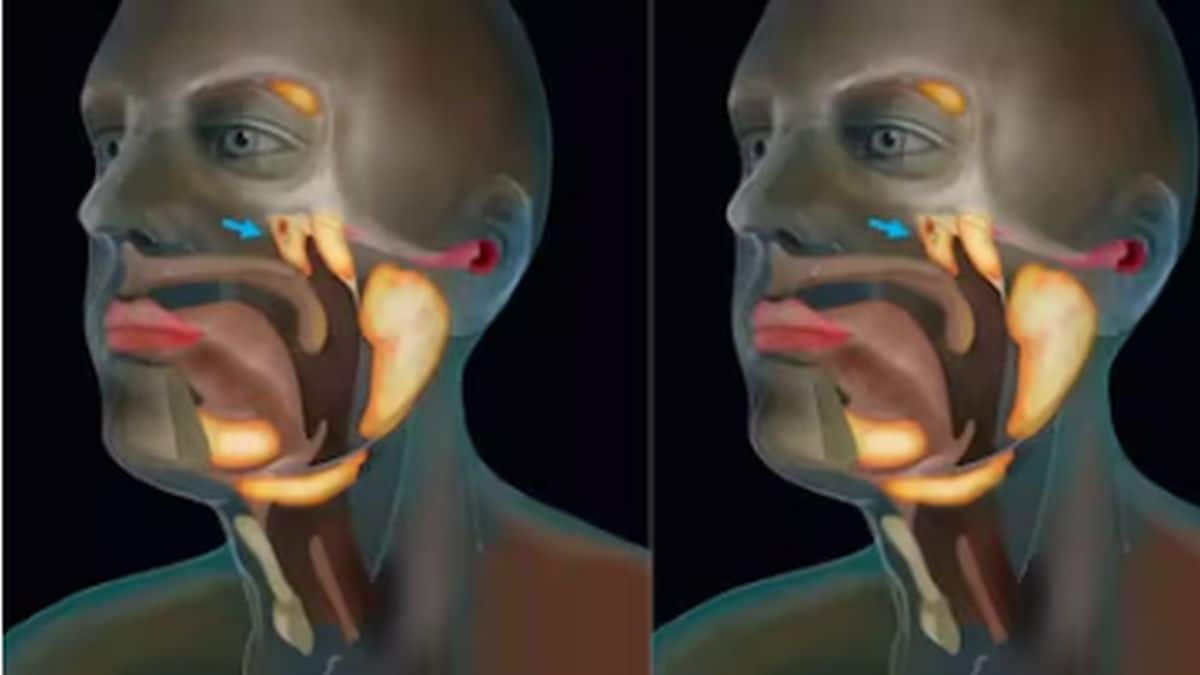There are two kinds of people in the world. Those who’ve never had any difficulty achieving orgasm during sexual intercourse. And those who’ve tried everything under the sun to get there. If you belong to the first section, you’ll find it hard to put yourself in the shoes of the second - it’s not easy to imagine the pure frustration (sexual, physical and even mental) that accompanies the inability to orgasm with your partner. The condition goes by many names - orgasmic dysfunction, anorgasmia and female orgasmic disorder. Studies suggest that 11-41% of the global female population might be suffering from it. [caption id=“attachment_7888931” align=“alignleft” width=“380”]
 Representational image.
Image by StockSnap from Pixabay.[/caption] Men can suffer from anorgasmia as well - but the occurrence is extremely low.
Ways for a woman to have an orgasm
To understand orgasm dysfunctions, though, first, let’s understand the different ways a woman can experience an orgasm. Contrary to popular belief, it doesn’t all come down to vaginal intercourse. The clit is to be thanked for most orgasms. Breast stimulation plays an important role, too. Some women claim to have experienced an orgasm when the cervix is stimulated during deep penetration, and others have gotten there through anal play (when performed correctly). Every woman is different, though - so her body would react differently. She may have erogenous zones that are different from the next woman and can be identified only through experimentation. But most importantly, the brain is the biggest sex organ. It often gets ignored in favour of the others but you won’t get very far on your sexual journey to the elusive orgasm if you don’t put your mind to it.
Anorgasmia can be classified in the following ways
- General or lifelong anorgasmia: If someone is unable to have an orgasm in any situation or has never had one.
- Acquired anorgasmia: If someone was able to orgasm at one point but is unable to anymore.
- Situational anorgasmia: If someone can orgasm in only certain situations (like masturbation) and is unable to in other situations (like sexual intercourse with a partner).
Reasons why some women can’t orgasm
There can be many reasons behind the inability to have an orgasm. The physical causes include:
- Ageing: As we age, blood flow to the sexual organs can decrease. In women, estrogen levels drop as well. These changes are completely normal but can cause difficulty in achieving an orgasm.
- Gynaecological problems: There is a range of gynaecological problems that can lead to anorgasmia, from dyspareunia (painful sex) to cancer surgeries and a hysterectomy.
- Medications: There are some medications - prescription and over-the-counter, both - that can affect sexual function. Examples of such medications include anti-depressants, anti-psychotic drugs as well as blood pressure medications.
- Lifestyle: Some lifestyle choices like excessive smoking and alcohol consumption can cause difficulty in reaching an orgasm.
- Diseases: Diabetes, multiple sclerosis and Parkinson’s are some of the conditions that might cause anorgasmia.
The psychological causes can be:
- Past trauma: Someone who has experienced any type of abuse (especially sexual) in the past, may have trouble having an orgasm.
- Feelings associated with sex: In some societies, while growing up, girls are made to associate sexual intercourse with many negative feelings like shame, embarrassment and guilt. These can lead to anorgasmia in the future.
- Body image: Having low self-esteem and a negative body image can interfere with healthy sexual function.
- Mental health problems: From stress and anxiety to depression - your mental health is an important factor when it comes to your sexual health and can hold you back from having an orgasm.
- Ongoing relationship troubles: It’s often joked that relationship issues should affect your sex life. This is a completely wrong expectation to have, though - unresolved emotional issues, problems with infidelity and even poor communication can keep one from having an orgasm during sex.
Orgasmic dysfunction is a broad topic - in the second part of this series we’ll be discussing the specific situation of not being able to orgasm during intercourse. This would fall under situational anorgasmia - meaning that you might be able to achieve an orgasm through masturbation but find it hard to get there during sexual activity with a partner. This is the first article in a three-part series on the female orgasm. For more on this topic, please read our article on Orgasm: Types, Benefits and Related Disorders_._ Health articles in Firstpost are written by myUpchar.com, India’s first and biggest resource for verified medical information. At myUpchar, researchers and journalists work with doctors to bring you information on all things health.


)

)
)
)
)
)
)
)
)



